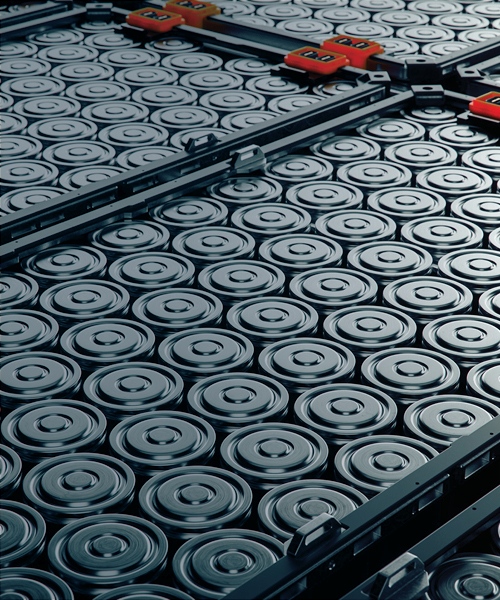Greg Pitt
Vice President, Battery Materials
“It’s important to me that I can look back on this period with satisfaction. Not just for me, but for my kids and the generations to come.”

Greg is Vice President of our battery materials growth team. He identifies key growth areas and technology advancements within the battery materials market.
“Going into this role, I didn’t know much about batteries, but I wasn’t concerned,” he says. “This is a dynamic new industry and we all have a part to play in creating its narrative.
“We’re living through an industrial revolution, the likes of which hasn’t been seen in 200 years. There isn´t a playbook, things are moving fast, and I´ve been given the space to create a new future for Worley and set a strategy to support our customers.”
Meeting challenges head-on
Scale. Speed. Complex. These are the three words Greg uses to describe the battery materials industry.
“We’re seeing an unprecedented period of growth across the sector. The energy transition relies on mass supply of diverse minerals to construct the infrastructure and produce the batteries that will power the solutions needed for net zero,” he says.
“The biggest challenge is how to accelerate the delivery of large processing facilities. And deliver them at pace, with the limited human and material resource that the industry has.”
Greg believes one of the challenges the industry faces is the lack of understanding of the complexity of battery material production.
“Taking a process that has been proven in a laboratory or at pilot scale and turning that into a full-size commercial production facility is an intricacy that often goes unnoticed. To deliver this at pace and scale, in line with net zero targets is an enormous undertaking.
“Success will require us to rewire our thinking and adopt a ‘design one, build many’ approach. Manufacturing industries have been doing this for centuries. It´s time for the complex processing industry to catch up.”
Creating partnerships for the future
Greg believes collaboration and creating valuable partnerships are the pathway to net zero.
“There are numerous opportunities to develop circular economies across the battery value chain. There are few partnerships and organizations that control the entire supply chain. And even fewer with the balance sheet to change asset deployment to keep up with demand,” he says.
“No one stakeholder can do this alone, but we can do it together. Net zero is a collective imperative. And the battery materials industry has a significant part to play”.








